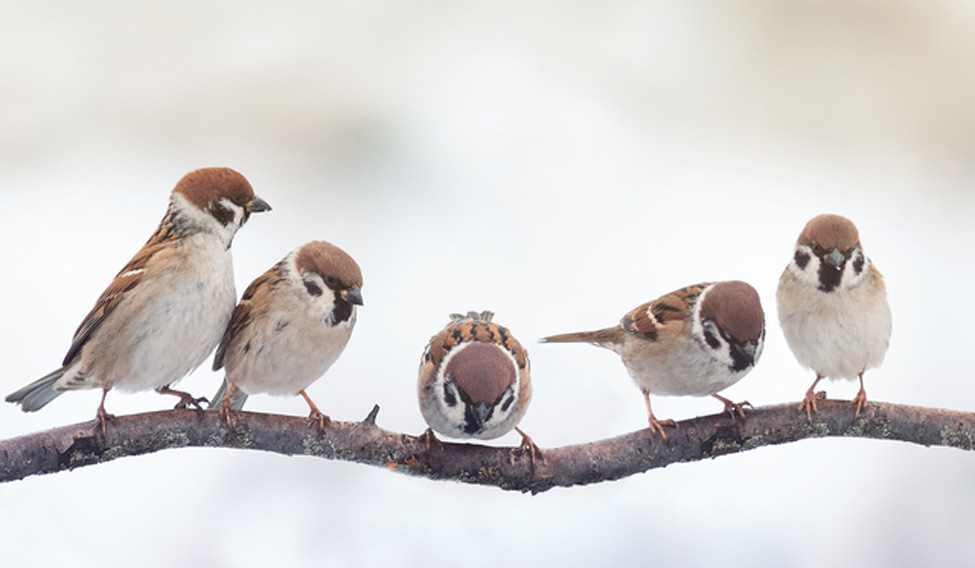Until a decade or so ago, noisy and social house sparrows—chirping, fluttering their wings and picking up seeds and scraps from the ground—were a common sight; so much so that they were taken for granted. They fed and bred near to people, be it in cities or in rural areas. They built their nest in small corners of apartments and houses, easily adapting to living conditions in urban areas, among humans. They used to be there all year-round. However, silently, yet steadily their numbers have come down. Do you remember the last time you saw one?
Unfortunately, the house sparrow is now a disappearing species, not just in India, but globally, too. While the reason behind the dwindling number of these birds remains to be found, many nature-loving groups have already launched initiatives to conserve these tiny birds.
The Nature Forever Society of India, in collaboration with France-based Eco-System Action foundation, is leading a worldwide initiative to raise awareness and gather statistics related to sparrow population, in India and abroad. So far, no scientific survey on sparrow population has been conducted by any organisation or country. The team also marked March 20 as World Sparrow Day to raise awareness about the importance of house sparrows and other birds in urban places. The first World Sparrow Day was observed in 2010.
This year, on the occasion, the Nature Forever Society launched “The Great Sparrow Count”, from March 18 to March 20, to track the number of sparrows in a particular area. The initiative aims to “document the population and distribution of 24 different species of sparrows” from across the world. The three-day programme invites birdwatchers to enter bird counts from their respective localities on a common database, which will be used to get collective figures. The team plans to use the data for its conservation efforts.
Many researchers believe that “mindless urbanisation” leading to destruction of natural habitat for these birds could be one of the reason behind their dwindling numbers. Also, modern high-rise apartment architecture rarely leaves nooks in exterior designs, making sparrows lose their small corners to build their nests. Unlike pigeons that can be comfortable on a window sill, sparrows prefer cozy nests. Another factor could be shrinking green space in cities, depriving sparrows of sufficient food—insects and aphids—commonly found in green surroundings. Increased used of pesticides is cited to be a potential cause for the decline in sparrow population. In addition, electromagnetic fields and radiation from mobile towers are believed to have adverse effects not only on human health, but also on the biodiversity in the surrounding areas.
In a media report, conservationist and founder of the Nature Forever Society, Mohammed Dilawar, blamed “lack of emotional connect” for the fall in sparrow population. "Common sparrows are going extinct because of mindless urbanisation. They are losing not just their natural habitats but also the essential human touch they need and thrive upon,” he was quoted as saying.
WORLD SPARROW DAY
Little birdies in need for help

March 20 is celebrated as the World Sparrow Day to raise awareness about the importance of house sparrows and other birds in urban places
This browser settings will not support to add bookmarks programmatically. Please press Ctrl+D or change settings to bookmark this page.
THE WEEK
Select your subscription
Please select subscription.
Select payment method
Please select payment method.
Confirm your subscription
Recharge E-Wallet
Enter recharge amount:
Topics :
#environment






